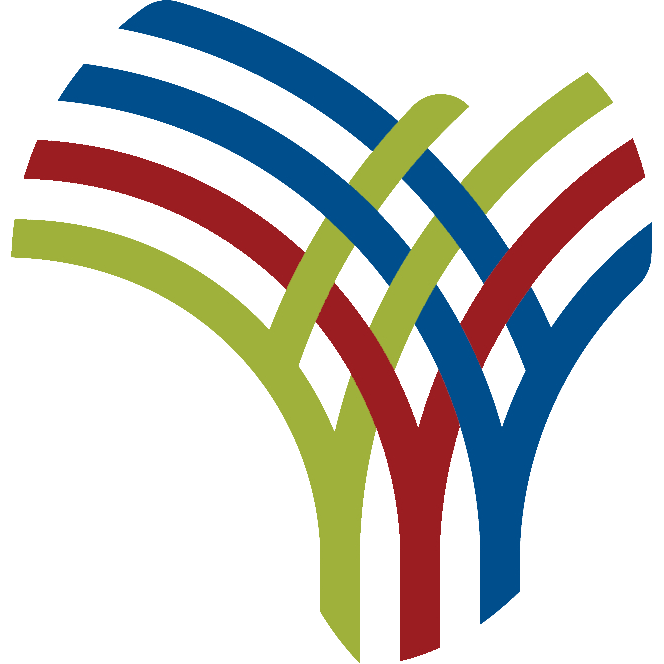With Africa facing a critical financing gap the African Development Bank Group and the Government of Zambia on Wednesday urged development partners to reimagine development financing as a strategic investment rather than aid.
This urgent appeal was made at the 17th replenishment meeting (ADF-17) for the African Development Fund (ADF) in Lusaka, Zambia.
Dr Sidi Ould Tah, President of the African Development Bank Group, emphasised, “This replenishment is not about aid. It is about investment with measurable returns.” He highlighted an ambitious framework where each donor dollar is projected to unlock $2.50 in additional capital, leveraging private capital and co-financing. This investment, he asserted, will build resilience and prosperity across Africa.
The African Development Fund (ADF) is the concessional window of the African Development Bank Group. It provides grants and low-interest loans to 37 eligible countries, serving as a vital lifeline for these nations, 21 of which are at high risk of or already in debt distress. Zambia’s Acting Finance Minister Charles Lubasi Milupi lauded the African Development Fund’s five-decade legacy as “a beacon of hope and solidarity.”
Highlighting tangible outcomes visible across Zambia’s energy, agriculture, and infrastructure sectors, Milupi noted that “behind every figure, every project, and every policy are real people and communities whose lives are being improved through our shared commitment to sustainable development.”
The three-day meeting brings together development partners, governments of ADF recipient countries, and the African Development Bank Group’s leadership to define the Fund’s priorities, financing framework, and implementation strategies for the 2026-2028 cycle.
In his first address to deputies since taking office in September, Dr Ould Tah outlined his “Four Cardinal Points” for the Bank Group’s strategic direction. He also laid out the stark reality facing Africa: $1.3 trillion is needed to meet the Sustainable Development Goals, with an external financing gap of approximately $650 billion annually.
Dr. Ould Tah said the urgency is both demographic and financial, adding that by 2030, half of the people joining the global labor force will be African, equivalent to about 15 million people every year.
“Together, we can deliver a robust and forward-looking ADF-17, one that stretches each of our capacities, builds resilience and prosperity across Africa, and generates clear, measurable returns for every contributor.”
Additionally, the Bank Group president appealed for the ratification before 31 December of a change to the ADF charter to enable an 85% market borrowing threshold. Currently, the charter does not permit the Fund to borrow or lend from non-concessional sources.
“Without it, our capacity to serve will be fundamentally limited,” Dr Ould Tah underscored.
He told the meeting that the Bank Group is convening a strategic dialogue in December with export credit agencies and development finance institutions to establish new partnerships for mobilising private sector investment in ADF countries.
The Bank is also integrating financial instruments– guarantees, blended finance, local currency lending, and project preparation–into a unified offering designed to de-risk fragile markets for the private sectors and create tangible investment opportunities.
The ADF-17 replenishment negotiations are expected to continue through October 9, 2025, with a pledging session scheduled for December 2025 in London.
Looking ahead, Minister Milupi urged the international community to leverage complementary financing mechanisms to amplify ADF’s impact.
“We collectively urge that we leverage other financing windows, particularly those under the climate-finance space, to complement the resources of the African Development Fund,” he stated.

